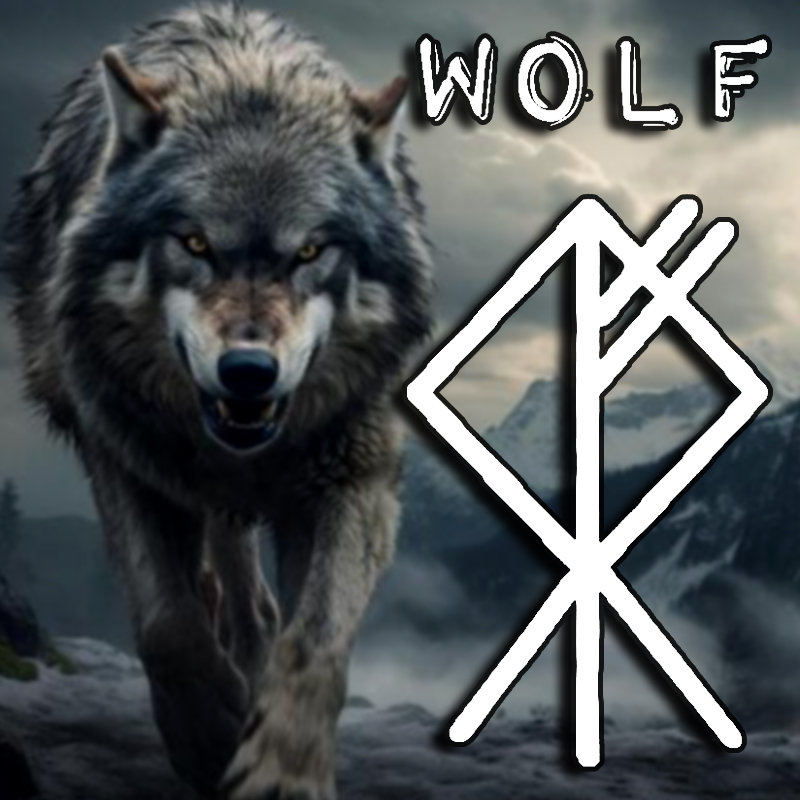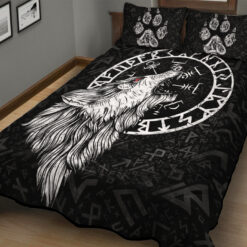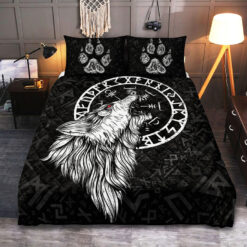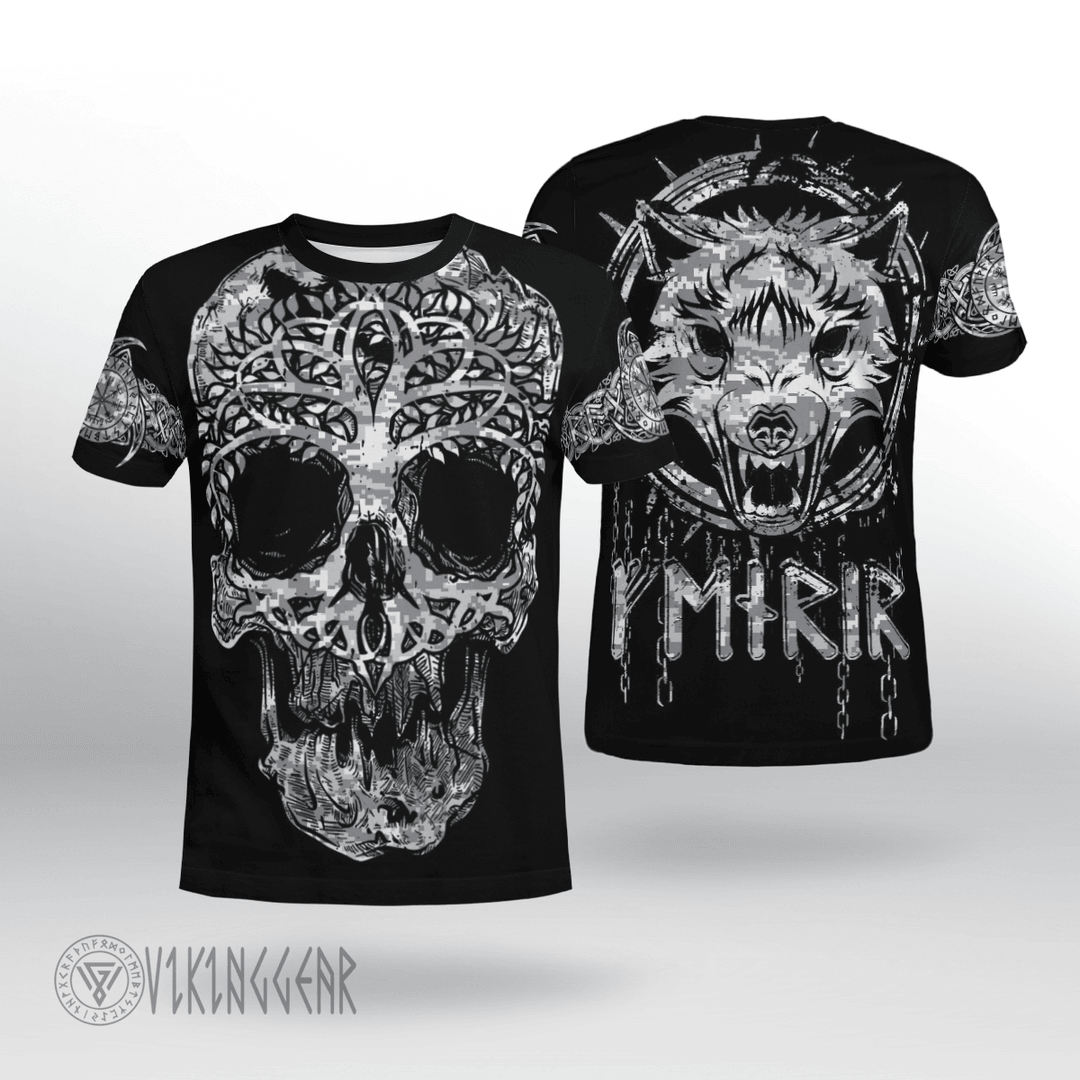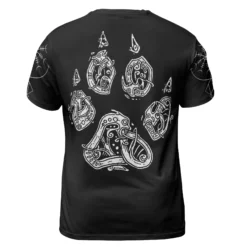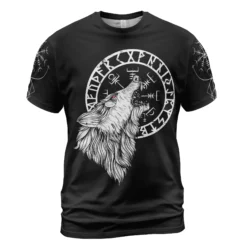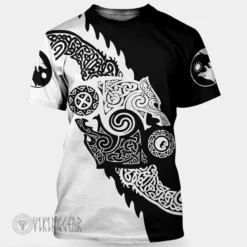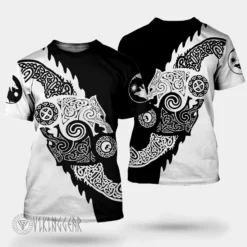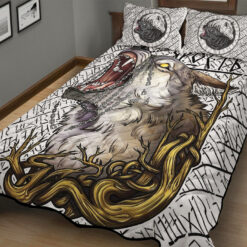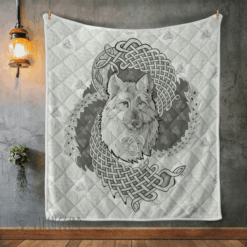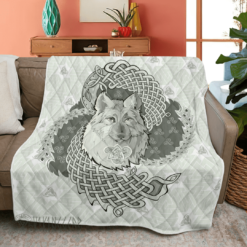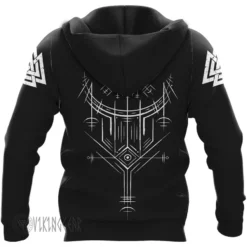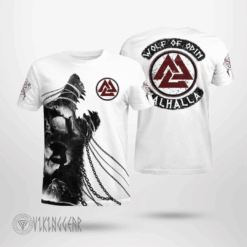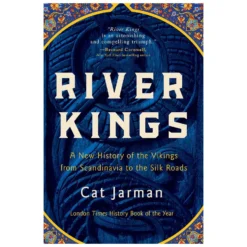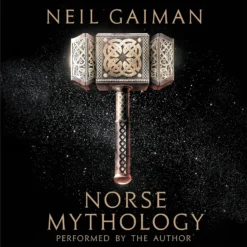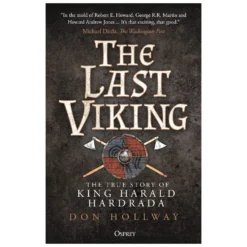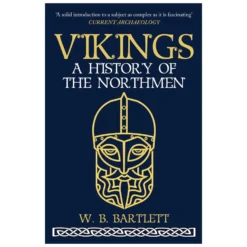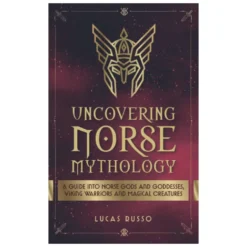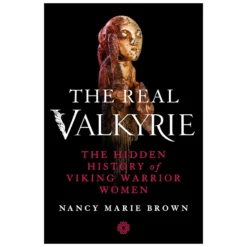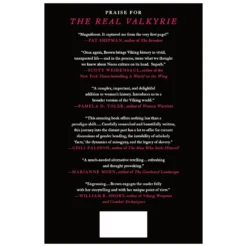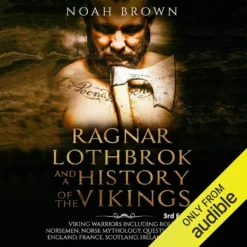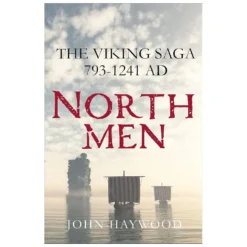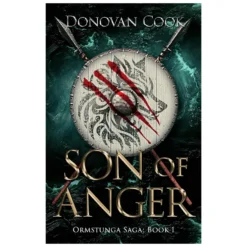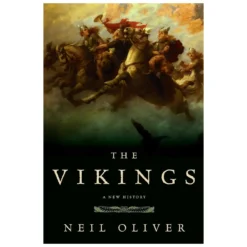Viking Blog
The Viking Wolf Symbol: Fear, Reverence, and Strength in Norse Culture
The Vikings were famous for their seafaring and warrior skills. They had a deep connection with nature. This bond showed in their myths, beliefs, and daily practices. Of all the creatures, the wolf intrigued them most. It symbolized both fear and reverence. This essay explores the Viking wolf symbol’s complex significance. It reveals its roles as a predator, a sacred figure, and a symbol of strength and loyalty.
The Viking Wolf Symbol as a Fearsome Predator
In the rugged Scandinavian landscape, wolves were a threat. They were more than a part of the scenery. These apex predators endangered livestock and, on rare occasions, human life. Such encounters bred fear and respect for the wolf. Norse mythology echoes this, as wolves symbolize chaos and destruction.
The most famous mythological wolf is Fenrir. He is a monstrous wolf prophesied to bring about Ragnarök, the end of the world. Fenrir’s escape and his devouring of Odin, the All-Father, show the wolf as a force of chaos. The fear of Fenrir shows the Vikings’ awareness of nature’s wildness. It reflects their dread of disorder in a chaotic world.
Fenrir is not the only wolf associated with destruction in Viking lore. Sköll and Hati, the celestial wolves, chase the sun and moon. They herald eternal darkness. These mythic predators embody the Vikings’ fears. They feared nature’s unpredictability and the threat of disaster. Such stories show the darker side of the Viking wolf symbol. They portray it as a harbinger of chaos.
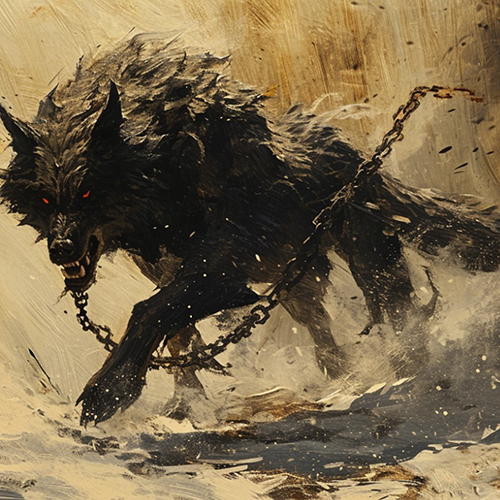
The Viking Wolf Symbol as a Sacred Creature
The Vikings feared the wolf but also revered it. They admired its strength, intelligence, and social structure. The wolf’s dual nature—wild yet familial—mirrored the Vikings. They balanced ferocity with loyalty to their kin.
Odin, the god of war, wisdom, and magic, shared a unique bond with wolves. Often shown with his loyal companions, Geri and Freki, Odin’s bond with them made them sacred. These wolves were not mere pets. They were symbols of loyalty and guardianship. They accompanied the All-Father on his cosmic journeys.
The wolf was crucial to the Vikings’ warrior culture, especially the berserkers. They were fierce warriors who fought with animalistic ferocity. Many berserkers believed they could channel the wolf’s spirit. In battle, they wore wolf pelts and unleashed a primal rage that terrified their enemies. This bond linked the Viking wolf symbol to a powerful, wild energy. It was a force to harness and respect.
Some Viking clans adopted the wolf as their totem. They used its image on banners, jewelry, and weapons. These symbols reminded them of the clan’s strength and resilience. They showed their connection to the wild. They proved their skills in battle and survival.
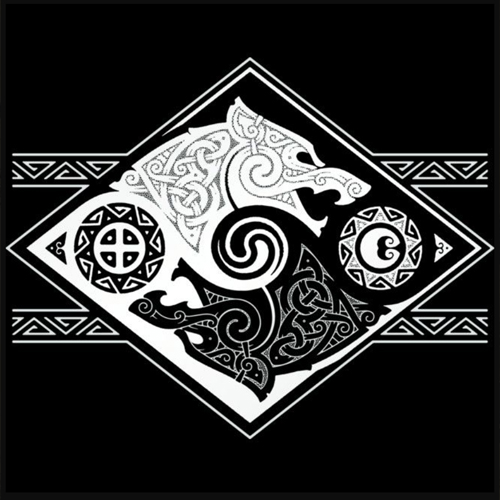
The Wolf as a Symbol of Strength and Loyalty
The wolf, linked to war and myths, symbolized virtues that the Vikings admired. These included strength, resilience, and loyalty. The Vikings admired the wolf’s loyalty to its pack. They valued family bonds and community.
The wolf thrived despite harsh environments and challenges. It became a metaphor for Viking resilience. The wolves’ teamwork in hunting and their adaptability inspired admiration. The Vikings saw a reflection of their own struggle to survive in harsh conditions.
This admiration for the wolf was not for its strength. It also symbolized balance. The Viking wolf symbol embodied life’s duality. It was fierce and nurturing, solitary yet communal. Viking ideals valued balance. Strength should temper wisdom. Loyalty should temper fierce independence.
Conclusion
The Viking wolf symbol had a complex meaning in Norse culture. It ranged from a fearsome predator to a sacred guardian and a symbol of strength. The Vikings saw the wolf as both a destroyer and an inspiration. This dual view shows their complex bond with nature.
The wolf’s complex symbolism shows the Vikings’ reverence for nature. It also reflects their understanding of its duality. The wolf reminded them of the wild chaos around them. It mirrored their virtues: strength, resilience, and loyalty.
The enduring allure of the Viking wolf symbol continues to captivate modern imagination. It symbolizes the balance between primal instincts and social harmony. It also shows the universal struggle to navigate life’s unpredictable forces. The Vikings saw in the wolf both nature’s power and their own spirit.

